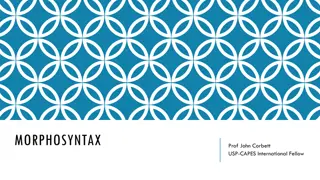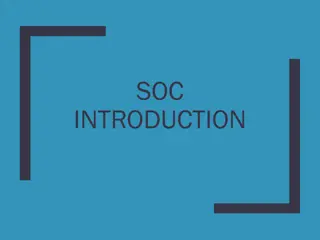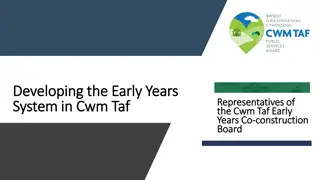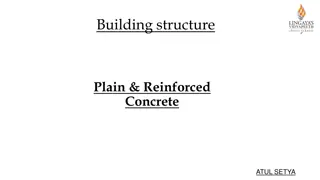Understanding Fact Finding Techniques in System Analysis and Design
Fact finding techniques play a crucial role in collecting essential data and information for system analysis and design. Techniques include sampling existing documentation, research, observation, questionnaires, interviews, prototyping, and joint requirements planning. Extracting facts accurately is vital for efficient system development life cycle implementation. Types of fact-finding techniques include sampling documentation, research and site visits, observation, questionnaires, interviews, prototyping, and joint requirements planning.
Download Presentation

Please find below an Image/Link to download the presentation.
The content on the website is provided AS IS for your information and personal use only. It may not be sold, licensed, or shared on other websites without obtaining consent from the author. Download presentation by click this link. If you encounter any issues during the download, it is possible that the publisher has removed the file from their server.
E N D
Presentation Transcript
SYSTEM ANALYSIS AND DESIGN FACT FINDING TECHNIQUES
FACT FINDING TECHNIQUES Fact finding is process of collection of data and information based on techniques which contain sampling of existing documents, research, observation, questionnaires, interviews, prototyping and joint requirements planning. System analyst uses suitable fact-finding techniques to develop and implement the current existing system. Collecting required facts are very important to apply tools in System Development Life Cycle because tools cannot be used efficiently and effectively without proper extracting from facts. Fact-finding techniques are used in the early stage of System Development Life Cycle including system analysis phase, design and post implementation review. Facts included in any information system can be tested based on three steps: data- facts used to create useful information, process- functions to perform the objectives and interface- designs to interact with users.
TYPES OF FACT FINDING TECHNIQUES Sampling of existing documentation, forms and databases Research and Site visits Observation of the work environment Questionnaires Interviews Prototyping Joint requirements planning
Sampling of existing documentation, forms and databases The best way to analyze the existing system is to collect facts from existing documentation rather than from human sources. There are various kinds of documents to collect facts from existing documents. These include: e-mails, customer complaints, suggestion box notes and reports that document the problem area problem performance reviews, samples of completed manual forms and reports and samples of completed computerized forms and reports. various types of flowcharts and diagrams, program documentation and user training manuals.
RESEARCH AND SITE VISITS It is the process of examining the problems which had previously solved by other sources that can be either human or documents. To solve the requirements of problem, the analyst visits to other organization that had previously experienced for similar problems. In addition, the analyst can also find the information from database, reference books, case studies and Internet.
OBSERVATION Observation of the work environment Another fact finding technique is observation. In this technique, system analyst participates in the organization, studies the flow of documents, applies the existing system, and interacts with the users. Observation can be a useful technique when the system analyst have user point of view. Sampling technique called work sampling is useful for observation. By using this technique, system analyst can know how employees spend their days.
QUESTIONAIRES Questionnaires are also one of useful fact-finding technique to collect information from large number of users. Users fill up the questions which are given by the system analyst and then give the answers back to the system analyst. Questionnaires can save time because system analyst does not need to interview each of users and if the time of interview is short, questionnaires are more useful. To fulfill the requirements of the system objective, system analyst should have the ability to clearly define the design and frame of questionnaires.
INTERVIEWS Interview is the most commonly used technique to collect information from the face-to-face interviews. The purpose of interview is to find, verify, clarify facts, motivate end-users involved, identify requirements and gather ideas and opinions. The role of interview includes interviewer who is system analyst and interviewee who are system owner or user. Interviewing technique needs good communication skills for interaction between system analyst and user.























